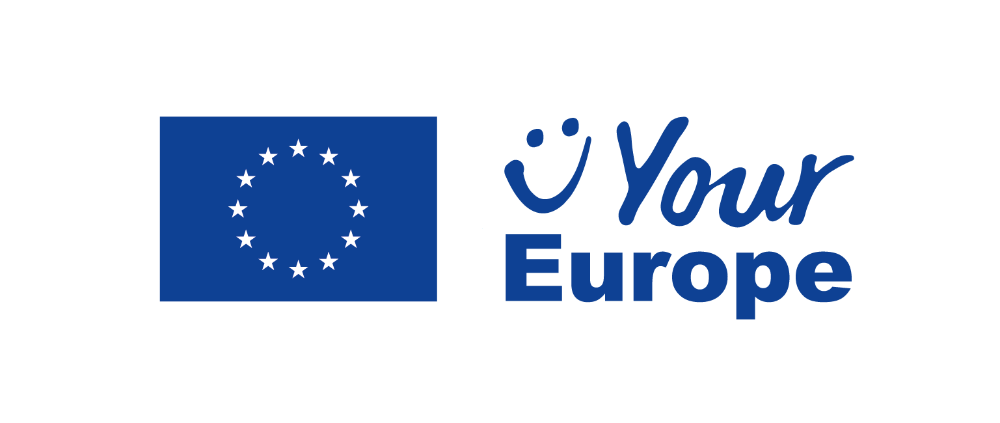Product regulation at the EU level
EU-level regulations exist for various product groups that harmonise product requirements. Requirements are included in statutes and directives that are specific to different product sectors. Varying from sector to sector, these product requirements aim to protect human health, safety, the environment, property and other public interests.
In each Member State, market surveillance authorities monitor whether the products on the market meet the requirements laid down in legislation. However, authorities do not inspect or approve all products. Instead, market surveillance is retrospective and is based on risk assessment. Manufacturers, importers and vendors are responsible for ensuring compliance.
The new Regulation on market surveillance (EU) 2019/1020 harmonises procedures and other rules. It is applied in the surveillance of product sectors covered by 70 different product directives and regulations. These 70 statutes include the majority of EU level regulation on products, with the exception of legislation concerning, for example, food and medicinal products.
This website is part of the European Commission's Your Europe portal. Did you find what you were looking for? Give feedback!
